In 2020, Ford created the latest in high-displacement work engines. While the only competition had been
the Chevrolet LS V8 for years, Ford's development of their all new 7.3 liter V8 created a new major
superpower in the engine development market. The engine, dubbed “Godzilla” for its capabilities at low
RPM and potential for upgrades, is Ford's first major non-hybrid or EcoBoost engine development in a
long time, and
with its old-school layout with its iron block the Godzilla motor is able to handle massive amounts of
strain. Although not in any cars currently, the Godzilla motor begs tuners and hot-rodders to
swap in
the behemoth of an engine to build monstrous power and torque figures, even enough to offset the
engine's 920 pound weight. The Godzilla motor is the result of Ford's work truck division needing a high-output naturally-aspirated
engine to reliably tow or move heavy loads. Additionally, the engine was designed with the intention of
being able to be worked on easily, which explains the basic pushrod V8 setup. At 7.3 liters, this is
Ford's largest displacement engine available for purchase in any vehicle, larger even than the V10 found
in the now-defunct Ford Excursion and is reminiscent of the 7.5 liter V8s of the 1990s. With the world of fuel economy and gas miserly behavior, the introduction of the 7.3 liter V8 may seem a
bit odd for many vehicles. Ford already has a 6.7 liter turbo-diesel motor that puts out more torque,
had supercharged V8 motors putting out over 700 horsepower, and a huge line of either hybrid or electric
vehicles, shying away from the naturally aspirated gasoline motor. There is a major argument for the
Godzilla motor though, and that argument comes from its potential as a buildable motor for multiple
different vehicles.
What Is It For?
How Does It Compare?
What Is Its Potential?
The Godzilla motor was developed initially to be a workhorse engine, meaning that it had been designed
for heavy-use trucks for ease of use and maintenance. The naturally aspirated iron block motor is larger
than any found in the normal F-150 models and much larger than the twin turbocharged engine found in the
Raptor, although the first
generation Raptor motor was much closer at 6.2 liters. The Godzilla motor is
a cast iron V8 block with a steel crankshaft and steel bearings while most motors have moved towards
aluminum for weight savings. The engine uses cooling jets on the pistons to keep them cool under
pressure, and has other additional cooling setups to maintain a lower engine temperature. The Godzilla motor is found mainly in Ford's work fleet vehicles, including the Econoline chassis setups,
the F-650 work truck, the Super Duty line, and other heavy vehicles like it. By running such an easy to
maintain motor in these vehicles, the Godzilla block should make running costs decrease in work vehicles
as well as in the Super Duty trucks that customers might buy for themselves as opposed to worrying about
reliability or maintenance issues. This 7.3 liter V8 used in these vehicles is designed to be simple and
straightforward with the pushrod setup and single camshaft which are proven to be reliable even if they
are fairly dated by today's standards.
Compared to many of the other motors in Ford's work truck lineup, the 7.3L V8 stacks up fairly well. With
the main engine options being the 6.2L flex fuel motor that has been found in trucks since 2010, and the
PowerStroke 6.7L turbo-diesel motor found commonly in the middle-duty work trucks. Compared to both
engines, the 7.3L V8 puts out more horsepower (430 hp) than the entry level 6.2L (385 hp) and only
slightly less than the PowerStroke motor (450 hp). Additionally, it puts out more torque (475 lb.-ft)
than
the 6.2L (430 lb.-ft) but nowhere near as much as the PowerStroke (935 lb.-ft). These figures are good
for
a naturally aspirated V8 and the engine itself is easier to maintain than the PowerStroke engines,
relegating them to lighter towing use than the diesel models but for a longer time. As a result, these
engines are usable in passenger-spec F-250 and F-350 Super Duty since they work incredibly well for
towing up to 19,000 lbs of personal or work-related goods or products. Compared to outside competition, the Godzilla motor shines. With the main competition coming from the
Chevrolet Silverado HD, the F-250 Super Duty with
the 7.3L block makes 11lb.-ft more torque and 29 more
horsepower. The 7.3L also outpaces the Ram 2500 by 20 horsepower and 26 lb.-ft of torque. As far as
heavy-duty personal trucks go, the Godzilla motor has so far proven itself to be not only incredibly
durable and reliable but also more powerful than any of its competition.
One major benefit of such an old-fashioned design is tuning ability. Many
pushrod V8 motors are insanely
capable of holding power from aftermarket upgrades and forced induction. With the LS serving as an
example of the benefits of classic pushrod V8s, it makes sense for the Godzilla motor to take to
modifications like this with ease. With an iron block as the base of the engine and a steel camshaft,
the engine is solid enough to handle heavy boost. Like many iron block engines, the Godzilla motor has been tested with aftermarket boost setups to see
exactly what horsepower the engine can manage without facing any issues. With the hype that surrounded
the engine just before its debut, brands like Whipple and Procharger immediately set
to work on
developing supercharger systems for the engine. With only a supercharger, these motors have been showing
well over 1,000 horsepower with some reaching as high as 1,450 horsepower while still on the stock block
and crank. The engine is showing that it is durable at massive horsepower figures and torque figures
over 1,000 ft.-lbs, meaning it can very easily be turned into a monster of an engine, one worthy of the
Godzilla namesake. With the motor holding well under superchargers, rumors have even made their way out from Ford themselves
about a high-output variant of this block. Ford has teased a possible twin-turbo version of this engine
which would most likely be found in a high-output truck of some sort, but it could in theory be used in
a performance version as opposed to a work version. With the engine being sold already as a crate
option, buyers now are able to modify their engines to fit various builds too. The twin-turbo setup,
although it has not been confirmed by Ford, could easily bring the engine to the high 600-low 700
horsepower before further modification. As a platform, the 7.3L V8 is a massive yet versatile one for
building into a car or truck. Image Credit: Autoweek, Ford Authority, Ford Media
Top Superchargers For The 2015-2021 Mustang Mustang Camshafts vs Crankshafts Mustang Pushrod vs Overhead Cams
What Is The Ford Godzilla V8?
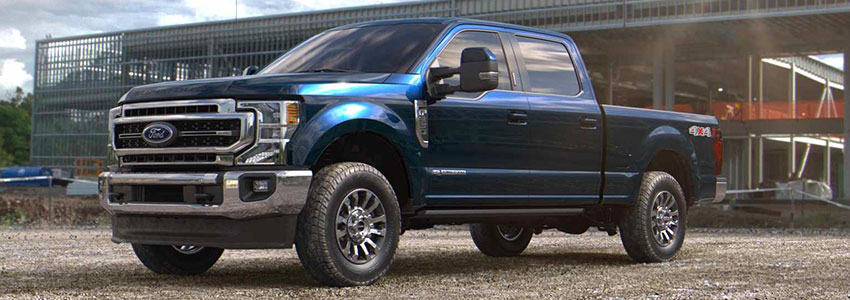
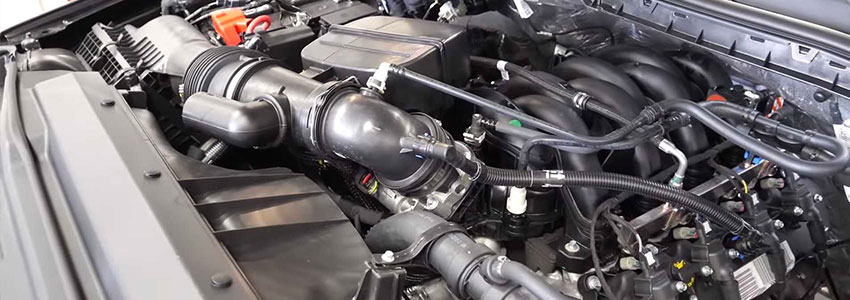
What Is The 7.3L For?
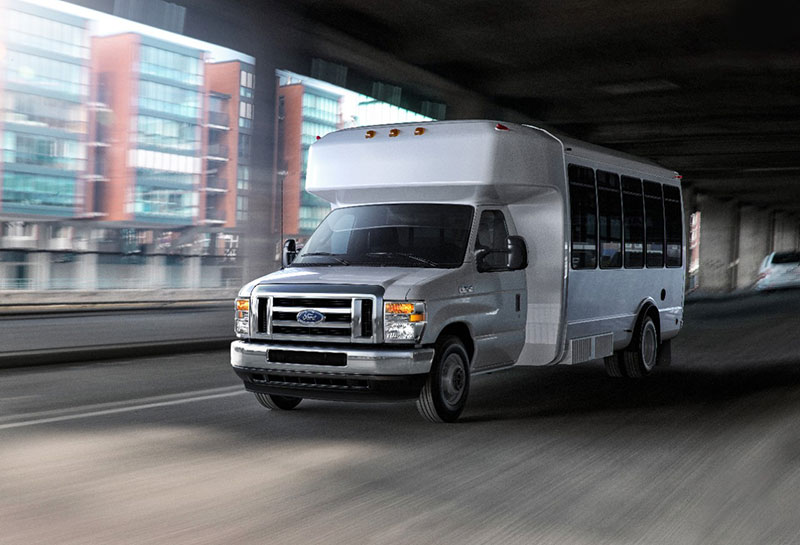
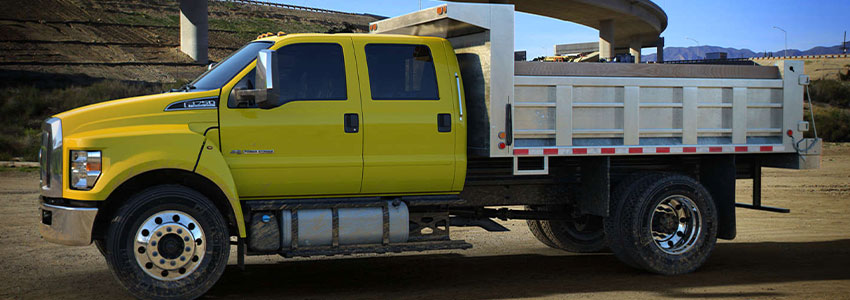
How Does The Godzilla V8 Compare?
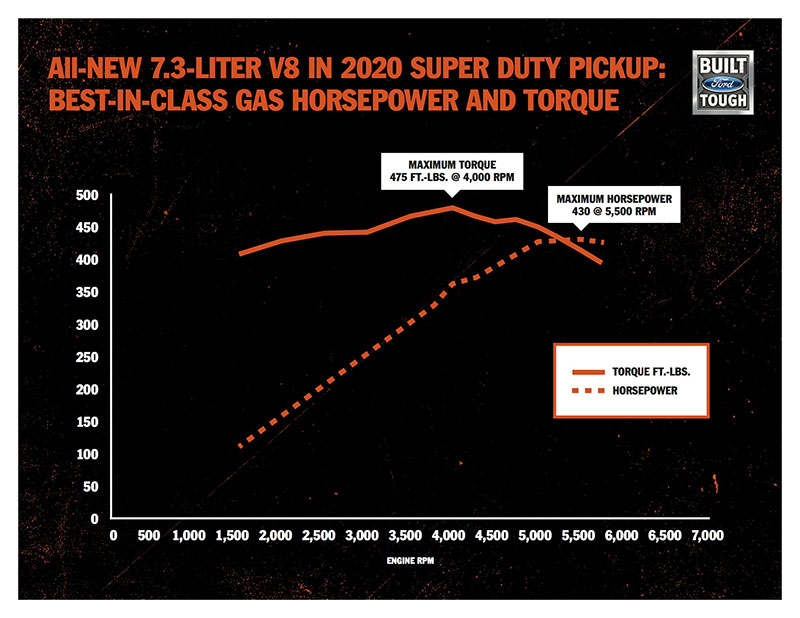
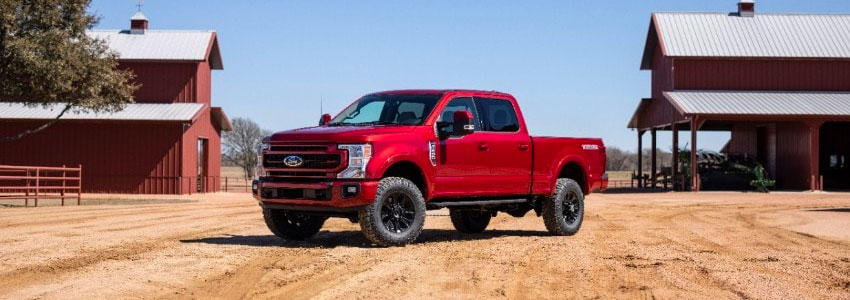
What Is The Godzilla V8's Potential?
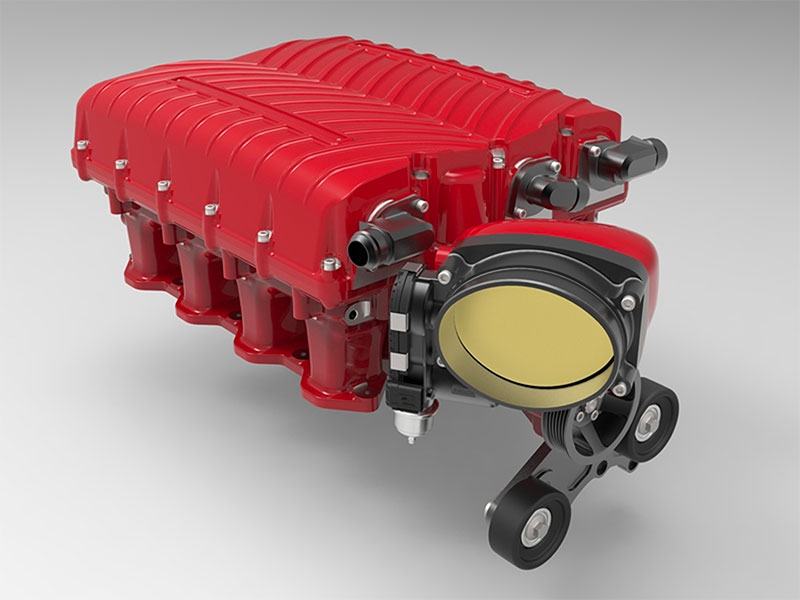
Related Articles




